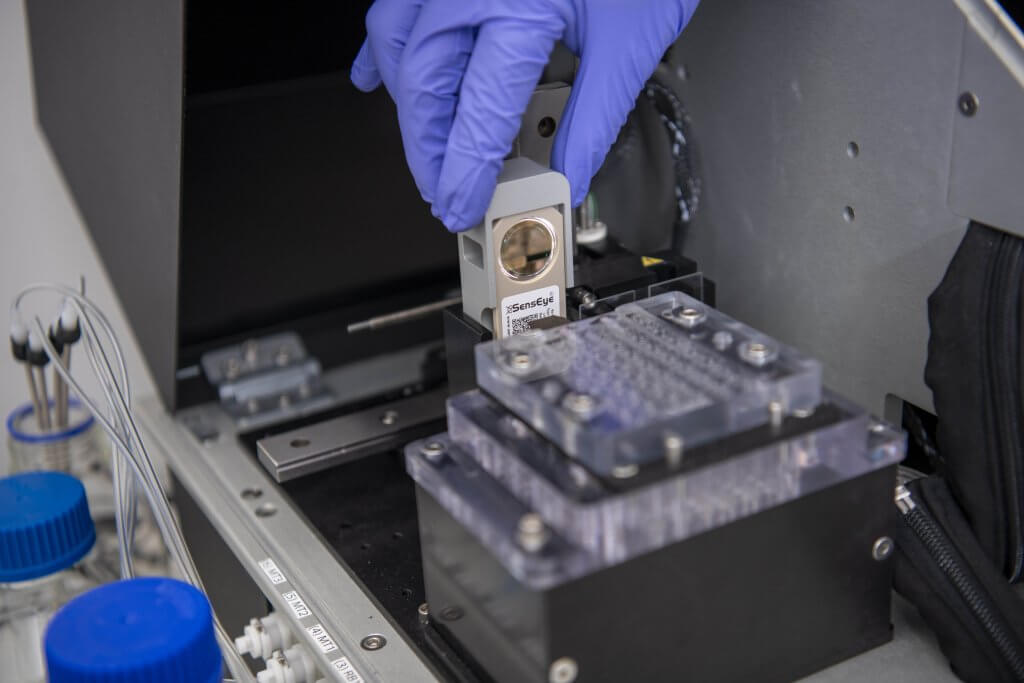Mologic (D/B/A Global Access Diagnostics: GADx) is pleased to announce its collaboration on an important study with Johns Hopkins University, recently published in Scientific Reports. The research, titled “The Development of Lateral Flow Devices for Urinary Biomarkers to Assess Kidney Health,” represents a significant step forward in the field of kidney health diagnostics.
GADx team members Anya Gregg, Qianyi Liu, Andre Albert, and Andrew Wheeler contributed their expertise to this collaborative effort, working alongside researchers from Johns Hopkins University led by Dr. Chirag R. Parikh and his team. This partnership underscores GADx’s commitment to advancing healthcare through innovative diagnostic solutions while highlighting the importance of academic-industry collaborations in driving medical research forward.
Key Findings
The study developed lateral flow devices (LFDs) for detecting two key urinary biomarkers: Uromodulin (UMOD) and Osteopontin (OPN). These biomarkers may play important roles in assessing kidney health in various contexts, including kidney transplantation.
The newly developed LFDs demonstrated the following detection limits:
- UMOD: Lower limit of detection at 80,000 pg/mL
- OPN: Lower limit of detection at 8,600 pg/mL
Importantly, the study validated these LFDs using both standard solutions and human urine samples, indicating potential for real-world applications.
Potential Applications and Impact on Kidney Health Assessment
The LFDs developed in this study offer a potential new approach to assessing kidney function, which could complement existing methods. This new approach aims to provide informative assessments of kidney function, with several potential applications in nephrology:
- Transplant Optimization: These LFDs could potentially provide rapid assessments of kidney quality in deceased donors, which may help inform organ allocation decisions and improve transplant outcomes.
- Post-Transplant Monitoring: Regular monitoring of UMOD and OPN levels in transplant recipients could potentially allow for earlier detection of complications or rejection, enabling timely interventions.
- Chronic Kidney Disease Management: These LFDs may offer a non-invasive way to monitor disease progression and treatment efficacy in patients with chronic kidney disease, potentially improving long-term care strategies.
- Acute Kidney Injury Detection: In emergency settings, the ability to quickly assess kidney function could be crucial, potentially allowing for faster diagnosis and treatment of acute kidney injury.
- Research Applications: These LFDs could potentially accelerate kidney research by providing a quick, cost-effective method for assessing kidney health in large-scale studies, furthering our understanding of kidney diseases and treatments.
The applications described above are speculative and based on the current research findings. Further studies will be needed to validate these potential uses of the LFDs in kidney health assessment.
By offering a potential new tool for kidney health assessment, this research opens up possibilities for more personalized and timely care in nephrology. If validated through further research, these advancements could contribute to improved patient outcomes and more efficient healthcare delivery in kidney health.
Moving Forward
This study marks an important step in kidney health diagnostics research. GADx is interested in further exploring the potential of these LFDs, with the long-term goal of advancing kidney health assessment tools. We are working towards a future where accurate kidney health assessment could be more widely accessible, potentially leading to improved patient outcomes and more efficient healthcare delivery.
To learn more about GADx’s diagnostic capabilities or to inquire about potential collaborations, please visit our contact page.
